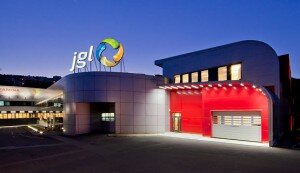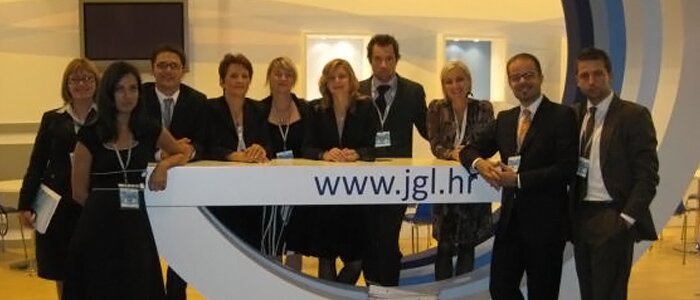-
MEDICAL JOBS

-
WE OFFER
-
Premium Medical jobs

Get on with Premium Doctors
-
Archives
-
Recent Posts
-
Viniseera anti-cancer supplement

-
Categories
-
Google Groups

become a group member
-
Top Posts & Pages
- They pay less for hungarian doctors than other workers- Medical salaries Europe
- Lose up to 7 kgs with a new german diet
- UK: GMC seeks views of doctors in training
- Cyprus: Price reductions on drugs will create a shortage in the market
- Greece scraps a 5-euro fee to access state hospitals
- Not a joke: Fit middle-aged men have lower cancer risk
- Easter recipes to make your Easter a healthy festive season!
- Breastfeeding leads to higher IQ & earnings
- Study suggests Nordic diet to beat inflammation
- Estonia: Doctors and Nurses Say Proposed Raises Too Low
 Follow Us on Twitter
Follow Us on Twitter
 Be Our Fan on Facebook
Be Our Fan on Facebook
-
Recent Comments
- George Lawson on What is medical coding?
- scam on Greece: Man Wants to Sell His Kidney for Money
- cihangir uzuncakmak on They pay less for hungarian doctors than other workers- Medical salaries Europe
- Abdulrahman Al Eyed on They pay less for hungarian doctors than other workers- Medical salaries Europe
- Medlines on About













